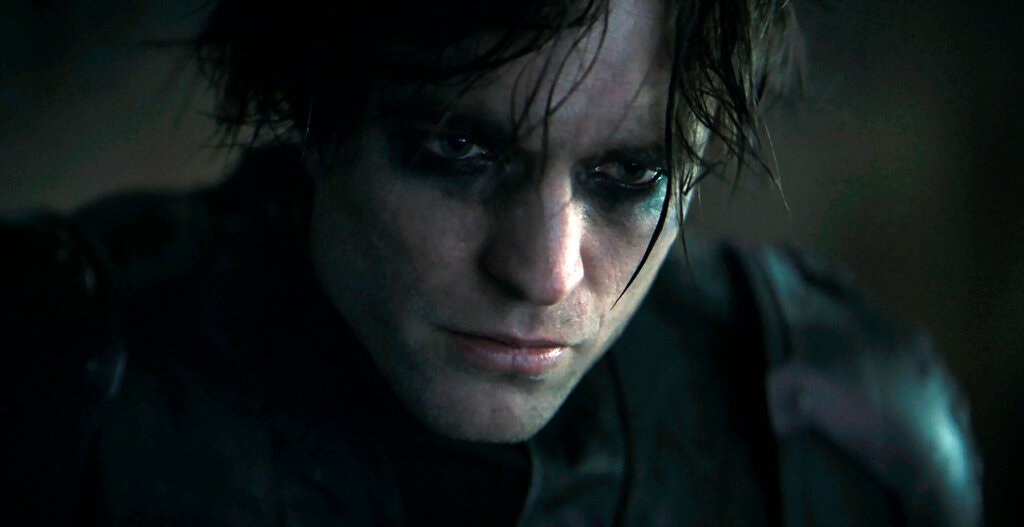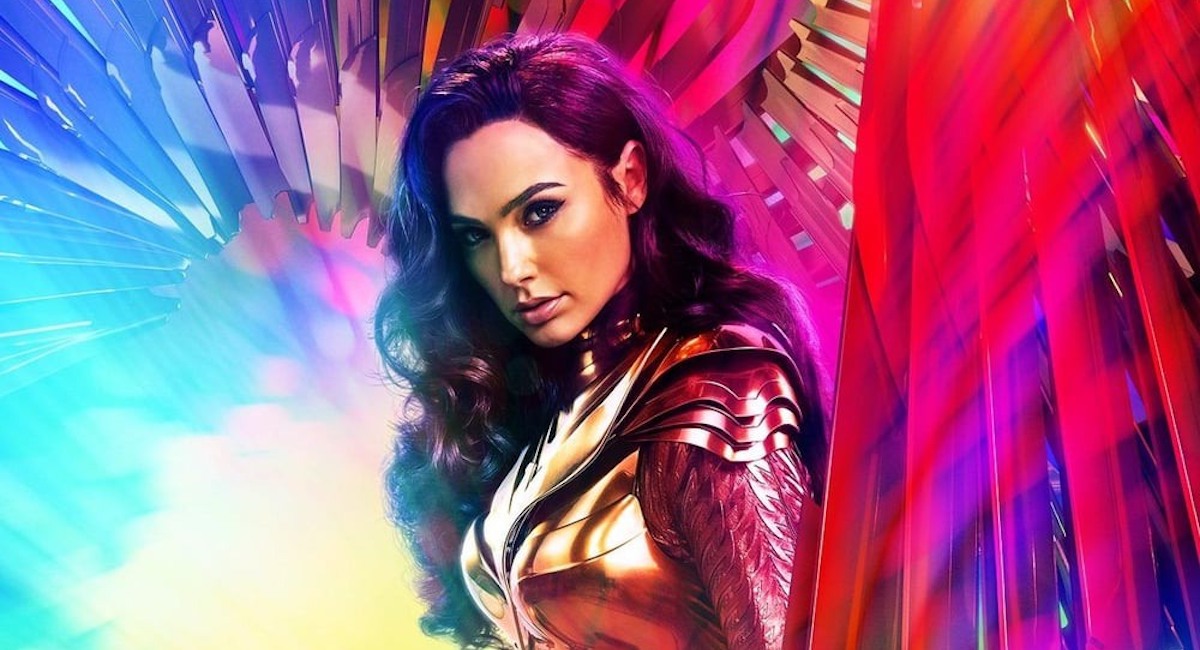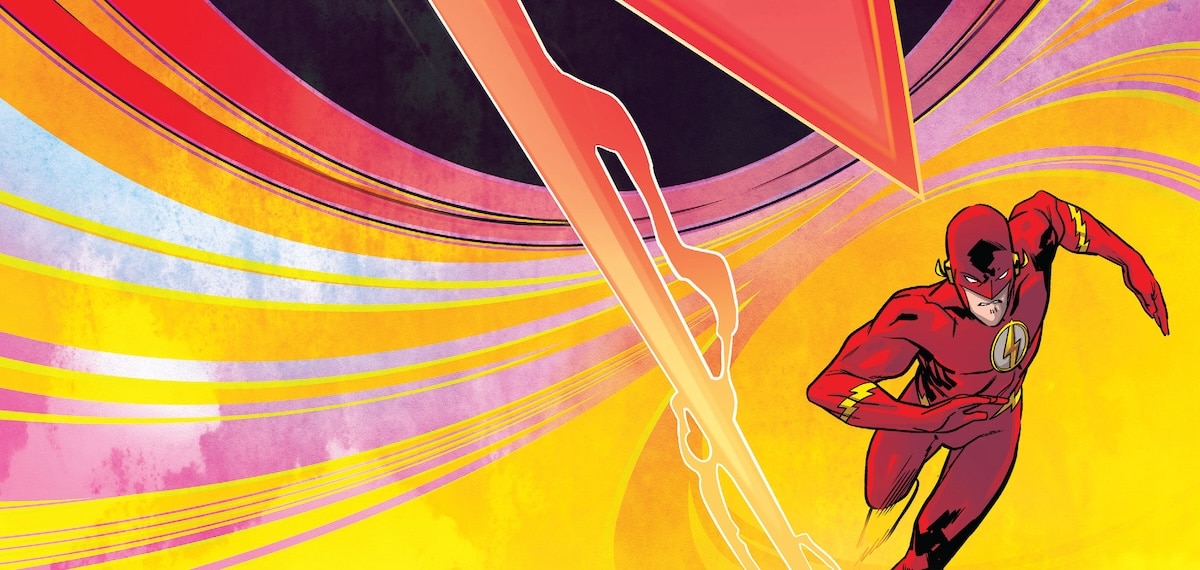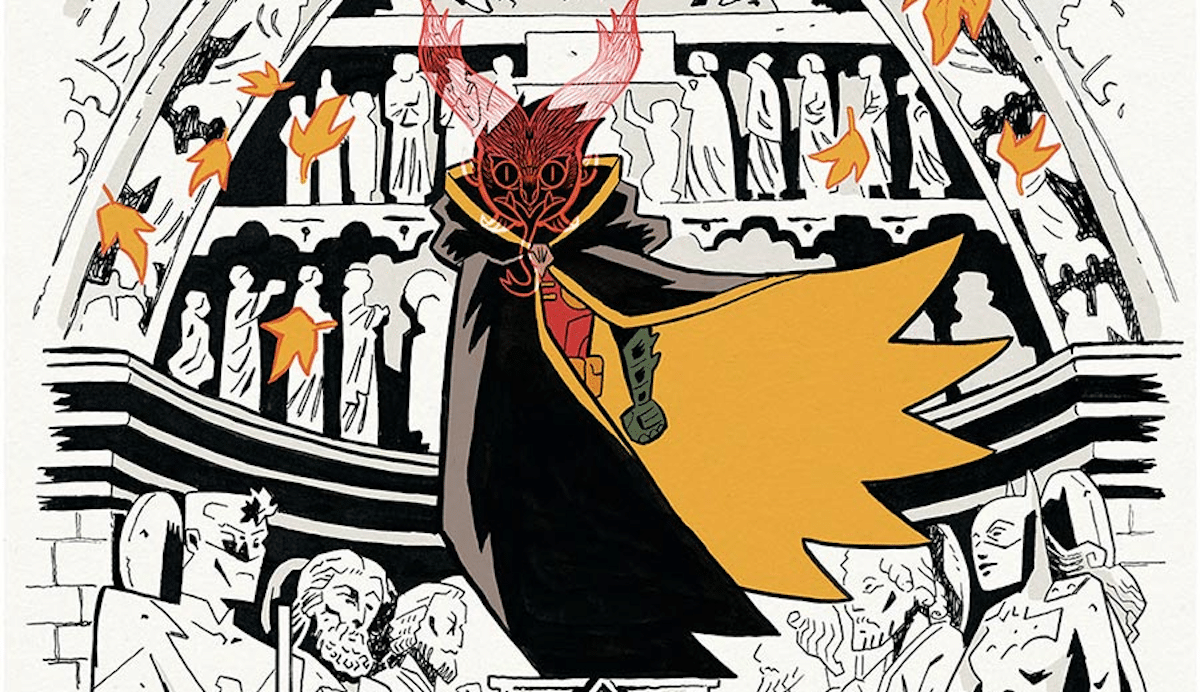So the great Wonder Woman 1984 to HBO Max experiment is out in the world, and what was doubtless a timed release of future DC film news is finally rolling out. WarnerMedia has been super mum about future DC plans, especially amid all the controversy about their HBO Max plans for 2021. But with superheroes doing the heavy lifting of profits at studio after studio, the time had come to spill beans.
The vehicle for the reveal is a NY Times profile of DC Films president Walter Hamada, written by industry vet Brooks Barnes. The piece is chock full of news and yet another direction for DC Films, a unit that has been key to Warner Bros. future for a long time, but mired in mishandling.
Among the revelations:
- WB plans to release up to four DC-related films a year starting in 2022.
- The films will not be a grand “MCU” style connected universe, but a “multiverse” approach that allows for multiple Batmans and more. The smash hit non-continuity Joker film is a template for this.
- The cinematic multiverse will be introduced by the long-brewing Flash film, currently scheduled for July 1, 2022 — just as “Flash of Two Worlds” ushered in the multiverse concept for comics back in 1958. Batfleck (Ben Affleck Batman) and Michael Keaton Batman will both be featured in the film.
- Films featuring “riskier” characters — including Batgirl and Static Shock — may be released direct to HBO Max. Don’t even need coding here: risky means nonwhite male protagonist. Sigh.
- The Zack Snyder plan for a unified Justice League universe is officially on the trash heap despite the imminent arrival of his four-hour Justice League cut. Insiders have deemed this plan a “cul-de-sac,” a snide put-down that shows you how Snyder rates at the studio these days.
- The story is accompanied by a still of “emo Robert Pattinson Batman” that shows that we have a new ambiguous Johnny Depp-type figure ready to be Tumblred. This 2021 Batman will be parallel to the 1989 Michael Keaton Batman. Not sure we really wanted a new Birdman series but okay.
- Other DC spin-offs will be HBO Max-first — and “How does it fit in with HBO Max” is Hamada’s directive from on high.
Whew — it’s a lot to take in! A key quote:
The multiverse concept has worked on television, but it is a risky strategy for big screens. These movies need to attract the widest audience possible to justify their cost, and too much of a comic nerd sensibility can be a turnoff. New actors can take over a character; James Bond is the best example. But multiple Gothams spinning in theaters?
“I don’t think anyone else has ever attempted this,” Mr. Hamada said. “But audiences are sophisticated enough to understand it. If we make good movies, they will go with it.”
The article wisely concentrates on the here and now, with only a brief stop to throw Snyder under the bus, but leaving unmentioned the Jon Berg/Geoff Johns years, the Whedon disaster, and other misfires.
In this way, it’s a typical Warner Bros. approach to their crown superhero jewels. This is the studio that once wanted to give us Nicolas Cage as Superman and Kevin Smith writing Green Lantern. Although these were long ago misfires, WB’s filmmaker-driven approach had also led to great successes including the Nolan Batman films, Joker, and the first Patty Jenkins Wonder Woman film
Hamada is a well-liked executive with a long string of horror successes on his resume, and he can also be safely credited with the success of Joker, Aquaman, and Shazam!. And frankly, given WB’s track record with an MCU-style shared cinematic universe, the creator-driven approach may be the one best suited to the culture.
One tiny problem: up the org chart a bit, AT&T and WarnerMedia are busy alienating the creative community with their devotion to HBO Max at the cost of a return to theatrical. As another story in the Times explains, the fallout over not paying partners and creatives as much as they would get for a theatrical release is…not popular.
WarnerMedia’s aggrieved partners include Legendary Entertainment, two people with knowledge of the matter said. Owned by China’s Dalian Wanda Group, Legendary produced the upcoming “Dune” and “Godzilla vs. Kong” under a deal that required Legendary (and its affiliates) to ultimately shoulder 75 percent of the production costs, with Warner Bros. paying for the balance. Denis Villeneuve’s “Dune,” a science-fiction epic starring Timothée Chalamet and an array of other big names (Zendaya, Jason Mamoa), cost an estimated $165 million. “Godzilla vs. Kong” cost about $155 million.
Ouch. Asking your production partners to pony up all the cash for these lavish streaming debuts and then cutting them out of the agreed-on profit share? Even in COVID times…not cool.
And on the OTHER meanwhile, despite its tepid reviews and fan reaction, Wonder Woman 1984 is already being hailed as a success and the third film in the series is being rushed out, with Jenkins and Gadot on board. This is interesting because Jenkins has sounded a bit…mixed, in her WW84 press rounds, and seems more excited about directing that Star Wars movie. But a big payday will bring everyone back to the fold.
Plus, what choice does WB have? It’s been interesting watching the COVID-times rollout of news. DC FanDome was a huge celebration of all things DC and actually did a great job of getting people excited about the future of the brand. It was very comics centric, with Jim Lee as the face of the company. Then came the gutting and troubling future of DC Comics itself.
This was followed by the massive shock and awe of Disney’s Investor Day plans, with over 100 projects in the Marvel, Star Wars and Disney brands rolling out.
Warner Bros.’ response thus far is this single article quoting an executive. AT&T/WM/WB has been extremely hesitant to let executives go on the record about anything, and given volatile fan and press reactions, it’s understandable why. DC FanDome showed that the legendary WB PR machine could still roll out some impressive content. But with that department reportedly being restructured, can they pull it off again?
One thing is for sure: there is more to come. And the imaginary WB/DC tell-all book of my dreams is getting thicker and thicker.










“Riskier”… The Joker almost didn’t get produced, and had a small budget.
Then there’s Wonder Woman, which had its ending changed by Warner Brothers suits who were uncertain.
I hope Warners follows The Joker model… keep costs under control, tell smaller stories with fewer special effects, for greater profit.
Heck, given the Pandemic, ramp up Warner Animation to produce features under lockdown, appeal to an adult animation audience which has existed since Akira was released in 1988, and drink Disney’s milkshake.
DC’s corporate DNA includes the multiverse, either via “imaginary stories” or Elseworlds. In publishing, they don’t even try to keep it under control anymore…there are so many different versions out there any month, for a variety of readers.
As for motion pictures?
Why is this even a concern?
There have been at least seven cinematic versions of Batman since 1940. Batman’89 had three different actors! Two different animated versions.
A simple origin is all you need, and then you go straight into the plot.
As for the MCU… Marvel is beginning to suffer from the continuity… just as few readers will read 50 years of storytelling, very few fans are going to spend 30+ hours watching the older movies. With the expansion into Disney+, it’s going to get worse.
Comments are closed.